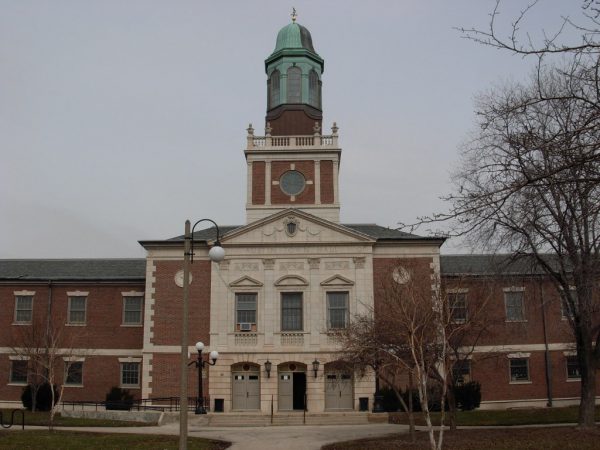A project to revitalize Central Avenue from Madison Street to Chicago Avenue is starting its first steps in the planning process.
Austin Coming Together is collaborating with the Chicago Metropolitan Agency for Planning and the Urban Land Institute to create a plan for Central Avenue to become a business, economic and cultural corridor.
The main intersections along Central Avenue that are targeted for revitalization are Madison, Chicago and Lake Street.
Austin Coming Together Executive Director Darnell Shields said he anticipates the planning and community engagement process to take up to 14 months. Stephen Di Benedetto of CMAP said a final plan could be ready by sometime in early 2024.
Austin Coming Together is funding the project through a Local Technical Assistance grant provided by CMAP, Shields said. The idea for the project comes from ACT’s 2018 quality-of-life plan; Shields said the goal is to bring unity along the corridor since Central Avenue acts like the spine of Austin.
“It’s easy for you as a community resident to not be connected or understand that what happens in south Austin affects you in north Austin,” Shields said. “It’s easy to think that it doesn’t because of the distance.”
While the plan is focusing on Central from Chicago to Madison, many stakeholders want to expand the project further south to the Eisenhower Expressway. The expansion would include Columbus Park and potentially bring in more tourists from the highway, said Kemena Brooks, chair of the Urban Land Institute’s ULI technical assistance panel.
“You start to pull people in beginning at 290 by utilizing markers along 290 that create this curiosity … that may pull them in and attract them to the neighborhood,” Brooks said.
The Urban Land Institute created a technical assistance panel for the Central Avenue project that consists of 11 practitioners in economic development, urban design and real estate, Brooks said. They are taking in community input and creating recommendations on how to implement the various goals.
“Central Avenue is not perceived as a commercial corridor but as a corridor to get you through the neighborhood,” Brooks said.
Many of Austin’s assets reside along Central Avenue including the Central Green Line station, multiple schools, parks, Loretto Hospital, Kehrein Center for the Arts and Austin Town Hall.
Shields said he wants to take a “holistic approach” with the project and to “bolster and build” upon other Austin projects like Chicago Avenue’s Soul City Corridor and the Aspire Center. A major priority is to create signs along the corridor to bring cohesion to the neighborhood.
“What I often hear from people as they’re driving along Central from one end of the community to the other, they’ll ask several times along the way, ‘Are we still in Austin?’” Shields said.
He hopes this revitalization plan could include re-opening Central Avenue’s Blue Line station at Interstate 290. There is currently no Blue Line access within Austin. Brooks said the effort to re-open the Blue Line station would be a long-term priority.
“I think it’s inequitable. It’s not fair, to be honest,” Shields said.
Short-term priorities include creating visual cohesion with signs throughout the corridor and establishing Austin Town Hall as a destination point “for tours or maps that bring people through the neighborhood to touch some of the other beautiful homes and historical landmarks within the neighborhood,” Brooks said.
The panel will be presenting their recommendations report to the public on May 24 at 6 p.m. The location is still being determined, but Shields said he hopes to host the meeting at Kehrein Center for Arts.
Meanwhile, the revitalization of Chicago Avenue’s Soul City Corridor will be starting construction mid- to late May, Chicago Department of Transportation’s Wade Van Nortwick said at a recent meeting of the Austin African American Business Network Association.
The construction will start with “Soul City West” that runs from Austin Boulevard to Central Avenue. Construction will consist of improvements for roadways, sidewalks, lighting, crosswalks and ramps.
The corridor will have gateway art installations created by Chicago-based artist Bernard Williams. The sculptures will span across Austin Boulevard and Cicero Avenue to act as gateways for the Soul City Corridor.
“We’ll be creating one of the largest sculptures I think that’s celebrating African American history and culture in the country,” Williams said.
Public design forums with Williams will happen in May and June. To get updates on the projectm sign up here.
